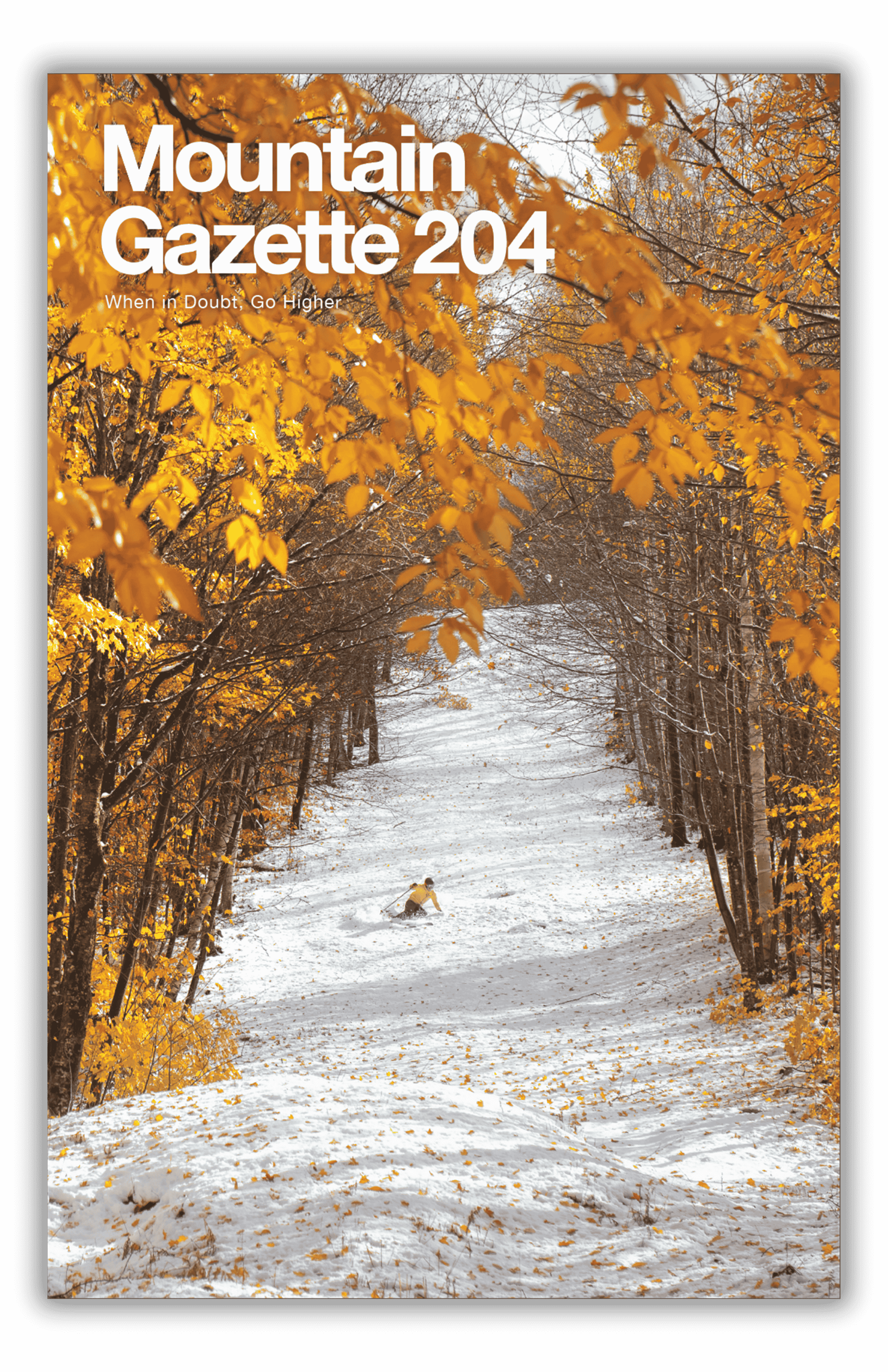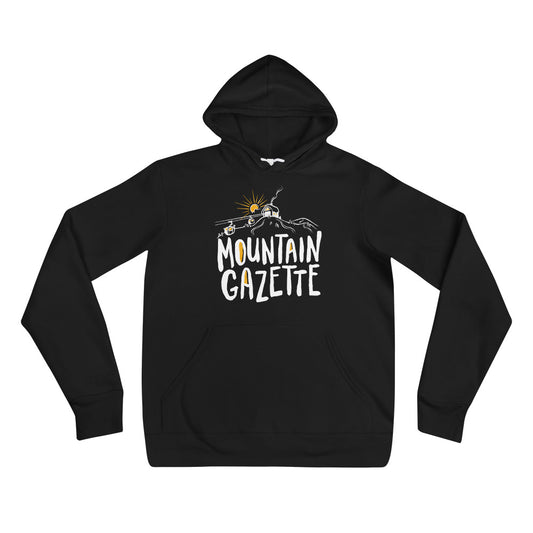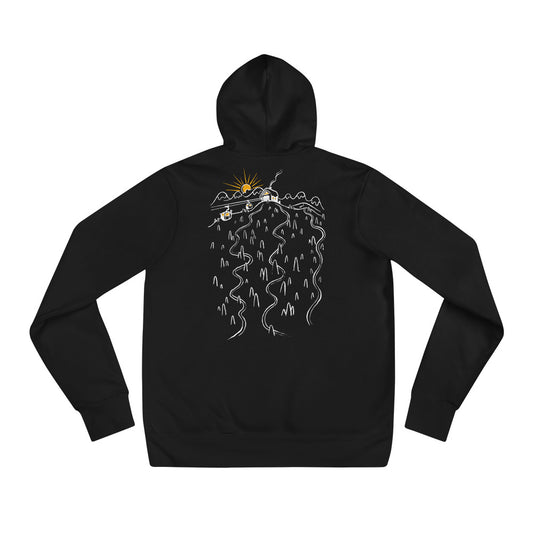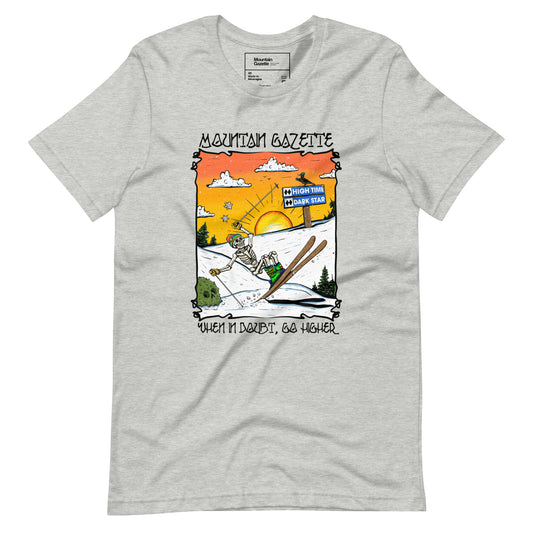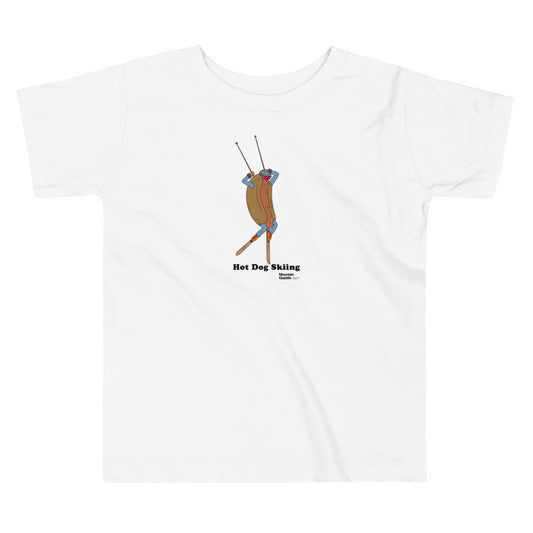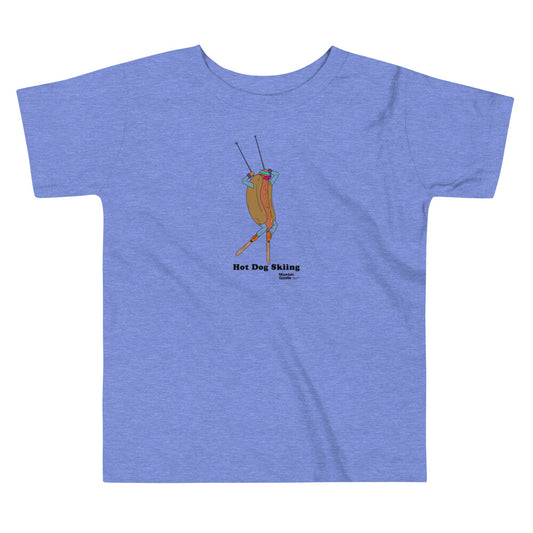This article was originally published in the Here & There newsletter by Kyle Frost. Here & There is now Mountain Gazette's weekly Thursday newsletter.
Earlier this year, I kicked off my time at Mountain Gazette by writing about the reintroduction of wolves to Colorado. I ended the newsletter with this:
“...a new “ballot box biology” initiative has emerged seeking to ban all hunting of mountain lions, lynx, and bobcats in Colorado. Initially titled “Ban Trophy Hunting”, this inflammatory positioning was rejected by the Colorado Title Board. If it reaches the ballot in 2024, it will be yet another test of whether we think these kinds of decisions should be left up to voters. Says Erwin, “I wouldn’t be surprised if our research (study) is used on both sides of the debate – that just shows how complicated these topics are.”
I’ve been getting emails and seeing dozens of posts about the topic on both sides of the issue. While it shares some similarities with wolf reintroduction, the situation around mountain lions in particular is unique. Next week (and already in progress) Colorado voters will decide on this issue that touches on wildlife management, "ballot-box biology", and emotionally charged communication strategies.
An overview
Proposition 127 “supports defining and prohibiting trophy hunting as "intentionally killing, wounding, pursuing, or entrapping a mountain lion, bobcat, or lynx; or discharging or releasing any deadly weapon at a mountain lion, bobcat, or lynx.”
Proponents of 127 argue that trophy hunting is inhumane, and that hunting these animals (particularly lions) has a deleterious effect on our ability to combat chronic wasting disease, and isn’t necessary as part of wildlife management strategies. Opponents feel that hunting has a part to play in wildlife management, and these kinds of decisions should be left to the wildlife biologists and other professionals at state agencies like Colorado Parks and Wildlife.
I’m going to focus on lions, but it should be mentioned that lynx hunting is already outlawed, and bobcat populations are “not biologically threatened”, according to Colorado Parks and Wildlife (CPW).
There is no trophy hunting in Colorado
Every op-ed I see and email I receive seems to focus on the “trophy hunting” aspect of this issue. Trophy hunting (in the colloquial understanding) is already illegal, and proponents of the measure are utilizing confusion around usage of the term to sow discord and elicit an emotional response. I think the vast majority of voters associate “trophy hunting” with activities like killing elephants in Africa for taxidermy trophies. This is already, unequivocally illegal in Colorado. By Colorado law, hunters are required to utilize the harvestable parts of a lion that they kill.
The proposition ultimately seeks to redefine the meaning of “trophy hunting”. It’s an entirely valid position to criticize the methods often used for lion hunting – a legal hunting strategy utilizes dogs to tree an animal before shooting it. This doesn’t feel “fair” to many folks (many hunters agree that currently allowed methods violate “fair chase” ethics), and I expect many voters to make a decision based on this alone. However, the success rate is still quite low, and some professionals posit that this strategy actually helps hunters adhere to the specific management practices required, including helping identify the age and sex of a treed lion, before killing it.
I respect ideological views that are fundamentally against hunting, but to characterize the management of wildlife (prey or predator species) through hunting as “trophy hunting” is a gross simplification of the complex issue at hand – no matter what you “feel” a hunter’s intrinsic motivation is.
How do mountain lions affect the spread of chronic wasting disease?
Chronic wasting disease (CWD) is a neurological disease affecting deer, elk, moose, and other cervid species. It is caused by misfolded proteins known as prions, which lead to brain degeneration. CWD symptoms include drastic weight loss, abnormal behavior, lack of coordination, and, eventually, death. CWD spreads through contact with bodily fluids and contaminated environments (including fluids scattered by scavenger species), making it highly transmissible in dense populations, like deer herds. It has no known cure or vaccine and is always fatal.
Predation as a means of natural control of CWD has shown promise. One study found that wolves prey on CWD-affected deer at a 4x the rate of healthy deer. Another study found similarly preferential predation from mountain lions, and also showed that the lions were significantly better than hunters at identifying CWD affected individuals at early stages. Another study suggests that when mountain lions eat CWD infected animals (they’re not affected), they only defecate 2-3% of prions, effectively removing them from the environment. If you put those two together and extrapolate a bit, it follows that there’s a possibility that selective predation combined with “nullifying” significant amounts of prions could have a deflationary effect on CWD transmission. Proponents of the measure are quick to focus on mountain lions as a preventative (or curative) measure for CWD.
The results, while promising, remain inconclusive on how significant or prevalent of an effect predators can actually have. One author notes that “the extent to which selective predation by mountain lions alters the dynamics of prion disease epidemics in natural mule deer populations remains unclear”. And in recent mountain lion management plans, CPW clarifies that “no field studies have shown evidence of predation reducing CWD prevalence, presumably due to insufficient predation rates of infected individuals (Miller et al. 2008, DiVivo et al. 2017).” The study of the wolves relied on a closed population, and the authors acknowledge that real-world deer populations are rarely fully closed. In open populations with deer moving between areas, CWD can be repeatedly reintroduced, making elimination much more challenging even with predation.
Hunting as wildlife management
Whether you’re a fan of hunting as a practice or not, it is a piece of the North American Wildlife Model. Colorado is actually a major success story with mountain lion management, having grown the lion population from below 200 individuals to current estimates between 3,500 and 4,500. Unlike wolf populations, the mountain lion population in Colorado is significant and stable, and hunting plays a different role. CPW recently released the latest version of their East Slope Mountain Lion Management Plan, a 35 page document (yes, I read the whole thing). This new plan integrates a slew of new research and best practices about wildlife management, and ultimately recommends a decreasing number of mountain lion permits for the next several years.
If Prop 127 passes, lions will still be killed in Colorado every year by CPW or by licensed hunters CPW has to pay to assist with management – actions previously done by hunters paying CPW. Even in California, where the hunting of mountain lions was banned in 1971, around 100 depredation permits are issued each year. Even in California, where the hunting of mountain lions was banned in 1971, around 100 depredation permits are issued each year.
However, California also offers a compelling case for why more intensive hunting-based management may not be needed. There are a plethora of studies to cite providing evidence that predators like mountain lions and wolves can self-regulate their population sizes based on available prey – a concern sometimes presented by the opposition centers on potential excessive population growth of lions. However, as recent counts have shown populations there may be limited not by access to prey, but by loss of habitat and inbreeding due to human encroachment. “Roads and development have really caused a lot of habitat loss and fragmentation which has caused these genetically isolated subpopulations to form.”
And that’s a piece of the puzzle that’s a bit harder to reckon with. In addition to balancing habitat, prey populations, roaming area, birth rates, and sexual balance, there is a social component. A human social component. With the reclassification of mountain lions (no longer “big game”), ranchers who incur damages due to livestock deaths are no longer eligible for the same compensation they used to receive. And while the proposition has exceptions for when lions are a threat to human life or property, it’s possible that outlawing hunting-based management will increase human encounters.
Is there a “right” side here?
This is where we get into murky territory. There are biologists on both sides of hunting-based management, particularly for predators. There are compelling arguments and research to cite on both sides. There are disagreements, even within agencies. Not all hunters are against Prop 127. And, there are plenty of anecdotes about recommendations against hunting being overruled by top-down, politicized, decision-making in favor of hunters (and the funding they provide to wildlife agencies).
It’s not immediately apparent what ecological impacts related to mountain lions would occur should Prop 127 pass – beyond possible social perceptions, human-lion interactions, and livestock compensation. I think the concerns of many opponents focus more on the impact of 127 as an opening salvo in an attack on wildlife management, hunting as a practice in general, and a move away from science-based decision making. The topic that’s being voted on here, in some respects, isn't really in the concrete text of the proposition itself.
I think one misstep by the opposition is that they often cite the economic benefits of hunting, which, in my opinion, has the tendency to immediately turn off a swathe of voters. It frames the issue of wildlife management as a transactional one, and opinions on environmental and wildlife issues are so easily swayed by more emotional arguments. People are enamored with the beauty of landscapes, of the mystique of predators, and the ideal of an ‘untouched’ wilderness. People don’t like to think of any aspect of the outdoors as a business.
Personally, I would have loved for any action on this issue to have been delayed until after the completion of CPW’s Upper Arkansas research study. For this study, CPW has investigated: “1) mule deer survival response to changes in lion harvest, 2) cause-specific mortality of lions, and 3) the relationship between human-lion conflict and changes in lion harvest levels.” This 10 year study, one of the longest and largest studies conducted of its kind, will give us significantly more insight into how these issues are interrelated. As currently written, the proposition feels less like a carefully considered scalpel, and more like a cudgel with significant downstream impacts (intended or not).
I previously wrote about the repeal of Chevron deference, which many people were understandably concerned about. The root of that issue was whether experts who work at federal agencies (like the Environmental Protection Agency, Department of Interior, and more) should have leeway to interpret statutes and make decisions. That issue is equally complex. I would be curious to hear from folks who were against that repeal, and for this measure. As for how this will affect wildlife policy in Colorado (or have ramifications in other states), we’ll find out next week and in the coming years.


